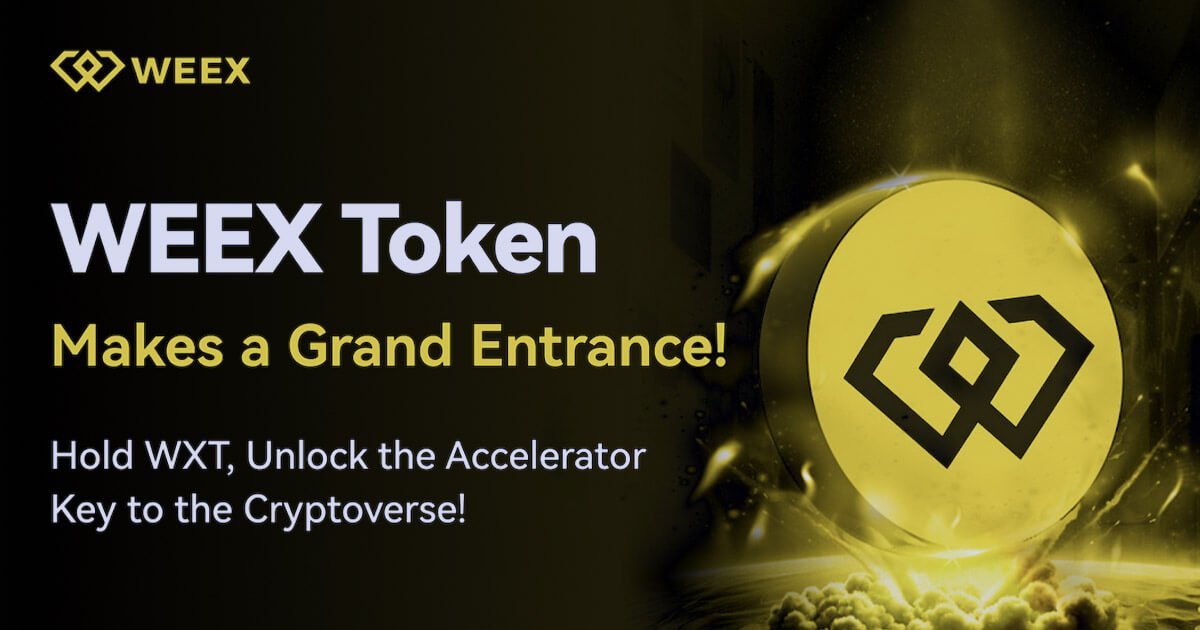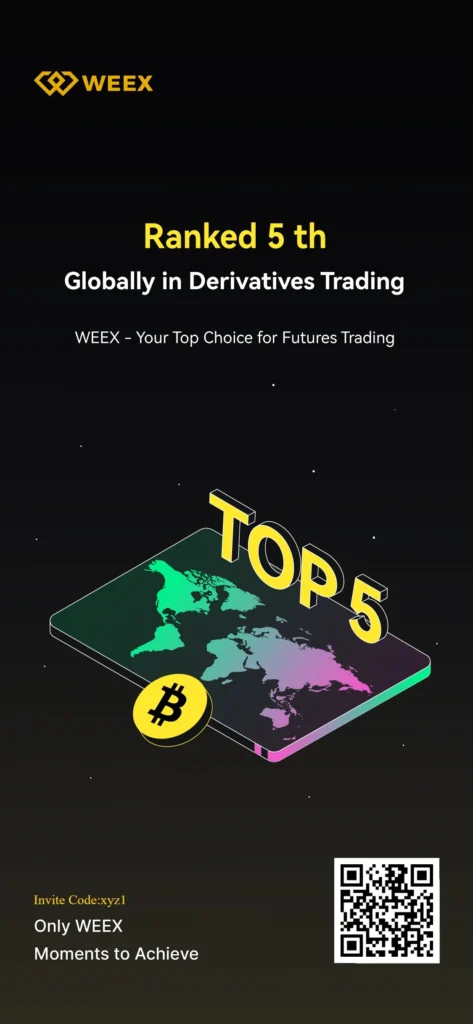

Gaming has come a long way from being just a leisure activity. With the advent of blockchain technology, gaming is now entering a revolutionary phase where players can earn real-world value while doing what they love. Welcome to the play-to-earn (P2E) revolution—a game-changing concept powered by Web3 technology.
This new era of gaming is not just about entertainment; it’s about creating economic opportunities, empowering players, and redefining how games are played, developed, and monetized. Let’s explore how Web3 games are reshaping gaming economies.
What is Play-to-Earn?
In traditional gaming, players spend money on in-game items, subscriptions, or upgrades, but they rarely see any financial return. Play-to-earn flips this model on its head by rewarding players with cryptocurrencies, NFTs (non-fungible tokens), or other blockchain-based assets that have real-world value.
Games like Axie Infinity, Gods Unchained, and The Sandbox have made headlines for enabling players to earn significant incomes by playing, trading, and competing within their ecosystems. This new model allows gamers to monetize their time and skills, creating a sustainable economy around the games they love.
How Web3 Makes P2E Possible
The backbone of play-to-earn gaming is blockchain technology, which offers three core features:
- Ownership Through NFTs
NFTs represent unique in-game assets such as characters, skins, weapons, or virtual land. Players own these assets outright, giving them the freedom to sell, trade, or use them across different games. Unlike traditional games where developers retain control, blockchain-based games ensure that players truly own what they earn. - Decentralized Economies
Play-to-earn games operate on cryptocurrencies, creating decentralized economies within the gaming ecosystem. Players can earn tokens through gameplay, and these tokens can be traded for fiat currencies or other crypto assets. - Interoperability
Blockchain technology enables assets to move seamlessly between different games and platforms, giving players more flexibility and value for their investments.
Why P2E is Gaining Momentum
- Economic Empowerment
In regions with limited job opportunities, play-to-earn games have become a source of income. For example, many players in countries like the Philippines have turned to games like Axie Infinity to support their families during economic hardships. - Incentivized Gameplay
Earning rewards adds a layer of motivation to gaming. Players are no longer just spending hours for entertainment but also building wealth. - Community-Driven Development
P2E games often involve player feedback in decision-making processes through decentralized governance models like DAOs (Decentralized Autonomous Organizations). This fosters a sense of ownership and engagement among the gaming community.
Challenges Facing the P2E Revolution
While play-to-earn gaming is exciting, it’s not without challenges:
- High Entry Costs
Some P2E games require players to purchase NFTs or assets to start playing, which can be expensive. This has led to the rise of guilds, where experienced players lend assets to newcomers in exchange for a share of the earnings. - Scalability Issues
As games grow, blockchain networks can face congestion, leading to slow transactions and high fees. Layer 2 solutions and sidechains are being developed to tackle these issues. - Regulatory Uncertainty
The financial nature of P2E games raises questions about regulation, particularly in terms of taxation and legal compliance. Developers must navigate this complex landscape to ensure long-term sustainability.
Popular Play-to-Earn Games to Watch
- Axie Infinity: Players breed, train, and battle adorable creatures called Axies, earning cryptocurrency in the process.
- The Sandbox: A metaverse-based game where players can buy virtual land, build experiences, and earn revenue.
- Gods Unchained: A trading card game where players own their cards as NFTs, allowing for real-world trading.
Conclusion: From Gamers to Entrepreneurs
The play-to-earn revolution has transformed gaming from a hobby into a livelihood for many. By leveraging blockchain technology, Web3 games empower players to own their assets, control their economies, and even shape the future of the gaming world.
As the industry evolves, play-to-earn is not just a trend; it’s a glimpse into the future of gaming. Whether you’re a casual gamer or a blockchain enthusiast, the P2E model offers an exciting blend of entertainment and opportunity that’s hard to ignore.
FAQs
1. What is the difference between play-to-earn and traditional gaming?
Traditional gaming focuses on entertainment, with players often spending money on in-game purchases. Play-to-earn, powered by blockchain, allows players to earn real-world value through in-game rewards like NFTs and cryptocurrencies.
2. Can anyone start playing play-to-earn games?
Yes, anyone can join P2E games, though some require initial investments like purchasing NFTs. To lower barriers, guilds and scholarships allow new players to borrow assets and share earnings.
3. Are play-to-earn games sustainable?
While the P2E model has immense potential, its sustainability depends on balanced economies, player retention, and developer innovation. Challenges like high entry costs and regulatory uncertainties must also be addressed for long-term success.




